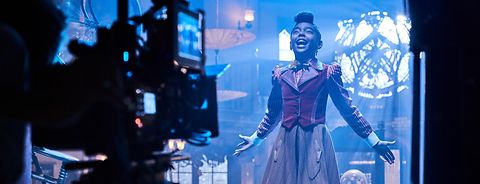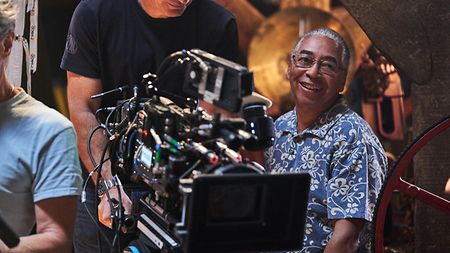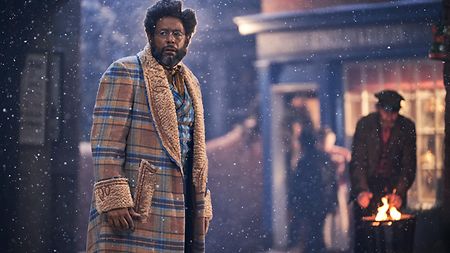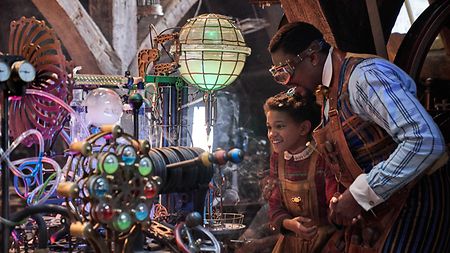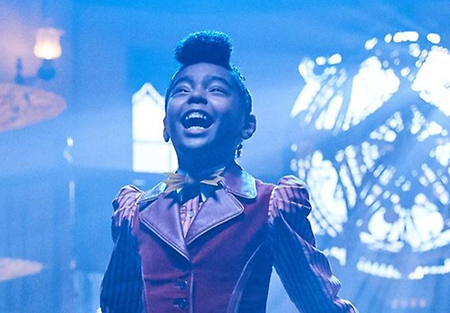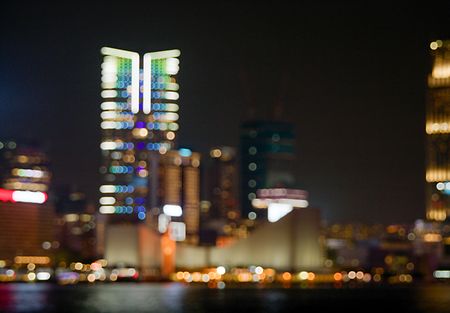British cinematographer Remi Adefarasin OBE, BSC teamed up with director David E. Talbert for the festive fantasy film “Jingle Jangle,” streaming now on Netflix. Featuring musical numbers by John Legend, Philip Lawrence, and Davy Nathan, among others, the movie centers on inventor and toymaker Jeronicus Jangle, played by Forest Whitaker. To capture Jangle’s colorful, magical world, Adefarasin opted for ARRI ALEXA LF cameras and Signature Prime lenses, supplied by ARRI Rental. He took time out to answer some questions about his creative and equipment choices, shooting for HDR, and grading in lockdown.
How did you get involved in this project and the imaginative world it presents?
Initially, I was invited to Shepperton Studios to meet David and discuss filming “Jingle Jangle.” After a discussion about the whole concept we met production designer Gavin Bocquet, who showed me round the drawings and illustrations that may become the world. They were astounding, full of imagination, color and magic. 3D printers were printing models and my head was full of how to make these dreams look real, and keep their magic. Gavin had created many different worlds and the challenge was also which one to go with.
